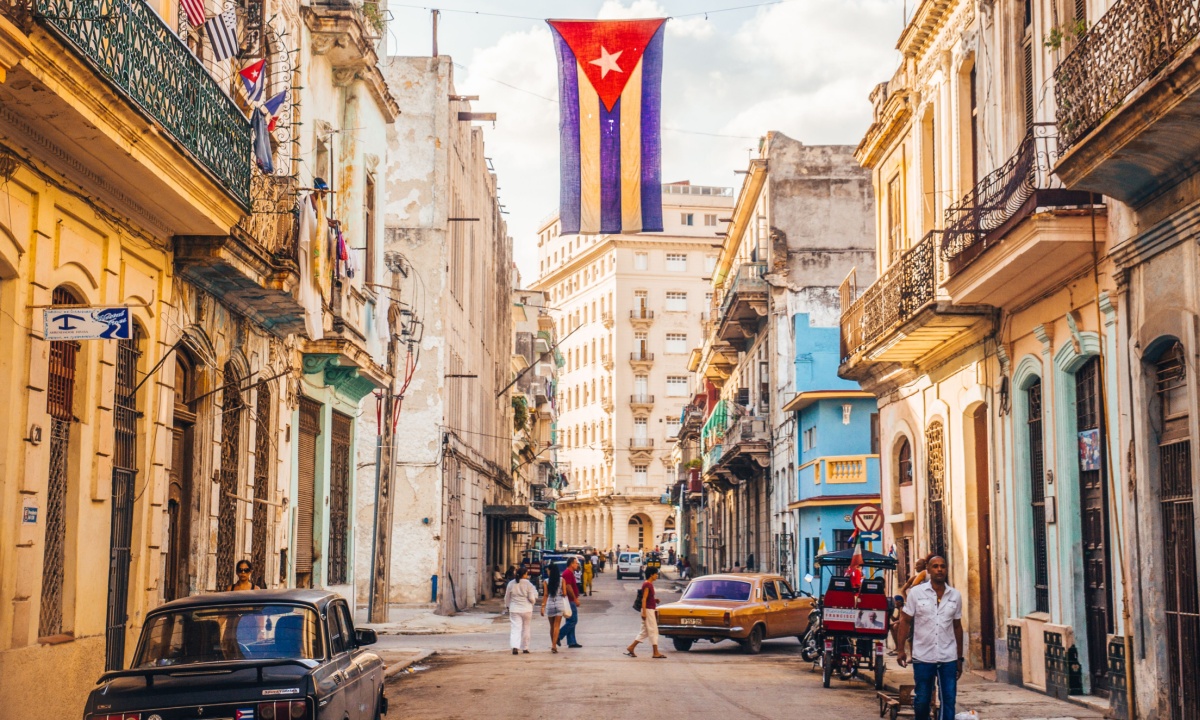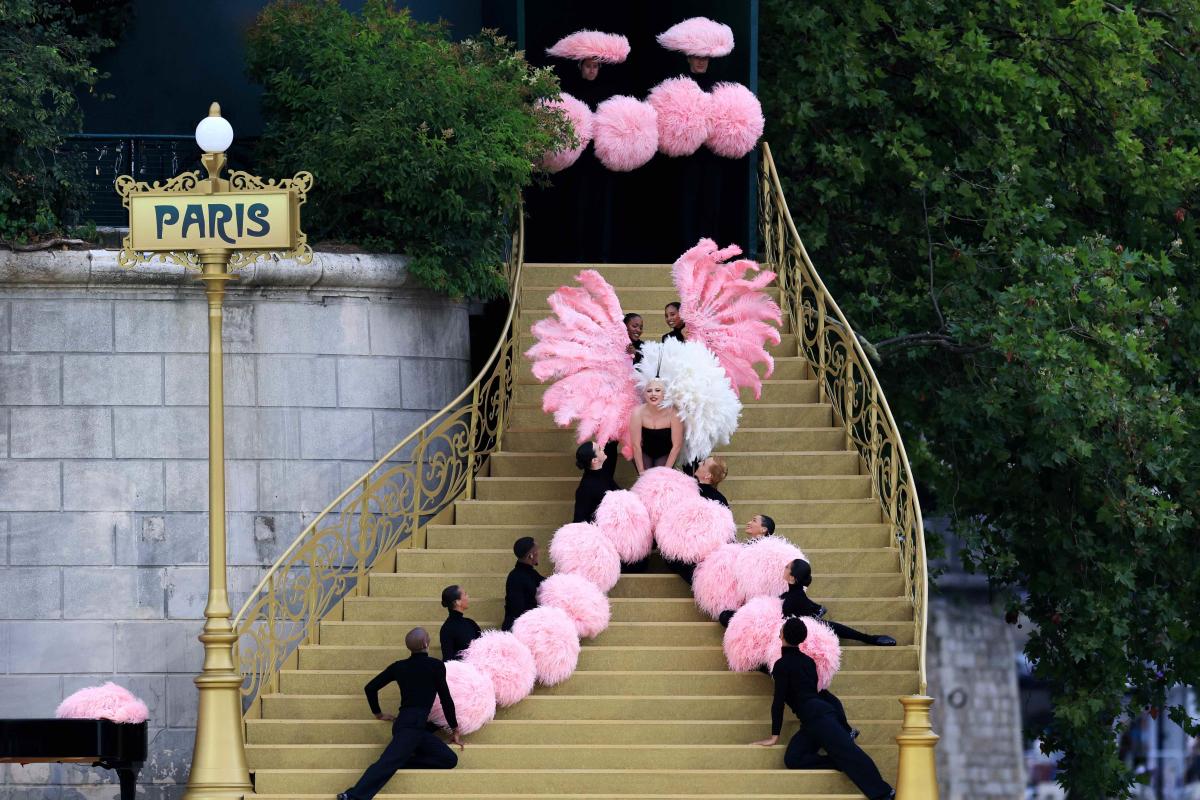Sports
Sports Grow From Private Equity Afterthought to Booming Market

Most every major league—and that soon will likely include the NFL—allows private equity (PE) funds to own stakes in their teams, to the point institutional investors are almost ubiquitous: At least a dozen teams in the NBA, NHL, MLB and MLS have private equity among its ownership groups.
The top European soccer leagues and Formula One, as well as growing leagues from women’s soccer to lacrosse to mixed martial arts, have heavy institutional ownership.
Once private equity executives were ‘’barbarians at the gate’’ (as a famed book about a PE deal termed them), feared and reviled by mainstream business owners.
Now private equity funds appear to be a sports team owner’s best friend. How did this happen?
When did private equity start investing in sports?
To answer that question, let’s take a step back and briefly review the history of PE. Private equity is simply a private company—usually a group of investors—that takes an ownership (equity) stake in a company. These entities have been around for ages, but the versions of what we consider PE probably emerged in the early 20th century, with one flavor—venture capital—arising after World War II. It’s largely agreed that efforts in the late 1970s to simplify taxation as well as to reduce the risk many businesses could take with their cash effectively made PE dormant by 1979.
Then came the ‘80s. In 1980, the Great Inflation—what economists call a nearly two-decade period of fast-rising prices—peaked at 15%. From that peak, interest rates, including the cost to borrow money, began to fall. A group of investors saw an opening to borrow money increasingly cheaper and use massive loans to leverage a small amount of their own money to buy businesses. In many cases, these leveraged buyout funds were called “corporate raiders,” since they often bought a company and stripped it for parts—firing workers, slashing costs and often saddling them with more debt—to pay off the loans they took to buy the business. Other PE funds were less aggressive, but still focused on finding businesses they believed weren’t operating optimally but could be restructured.
In this landscape, sports leagues wouldn’t want PE involved. And it wasn’t like PE wanted in on sports teams, anyway. Clubs were too small for the industry to care. A typical example: In 1980 the Oakland A’s—worth $1.37 billion today with weaker attendance—were sold for just $12.7 million. Sports teams didn’t start to appear to be investments worth looking at until Jerry Jones shocked the world by paying $140 million for the Dallas Cowboys—but most of the price went to buy their stadium.
During the 1990s and then again in the 2000s, the PE industry underwent a boom-bust cycle driven by falling, then rising interest rates, all the while focusing on investment plans based largely on buying U.S. businesses and outsourcing manufacturing to cheaper countries to improve profitability. Sports and PE mutually ignored each other.
So when did PE take an interest in sports?
During a player lockout by the NHL in 2005, franchise owners and a group of bankers led by Bain Capital’s Stephen Pagliuca (who would later own part of the Boston Celtics) met in New York City to consider a stunning proposal: Bain would buy all of the NHL—every team, every sweater, every puck—for $4 billion. Bain’s plan was to make the NHL one entity, much like MLS is structured today, to create pricing power over broadcasters and be better able to constrain player salaries. Bain’s plan was so audacious and seemingly brilliant that owners literally applauded, but ultimately declined the offer because of their emotional commitment to their franchises, according to one account published by BusinessWeek.
The next year, 2006, brought what appears to be the first PE investment in sports. But it wasn’t in the U.S.—it was in Europe. That year, three American funds bought the majority of famed soccer team Paris Saint-Germain, according to a history of soccer PE investing from Tifosy Capital & Advisory. Those firms—Colony Capital, Butler Capital and Morgan Stanley—later sold the team to the Qatar sovereign wealth fund. It wasn’t until about a decade later that more PE funds entered European soccer, with nine institutional owners in European teams by 2019, according to Tifosy data.
It was that year U.S. leagues started to catch up to their European counterparts, with MLB deciding to allow PE firms to own minority stakes in their franchises. The NBA, NHL and MLS all followed within a couple of years.
Why are leagues comfortable with private equity investors today?
In short, PE firms have gone corporate. In their fearsome days PE was run by attention-hungry and pugilistic personalities like Carl Icahn, Kirk Kerkorian and Ronald Perelman. They often were leveraging their own fortune to make more money and graced magazine covers as often as tech billionaires do today. Now, you’d be hard-pressed to name a PE leader. Many of the largest firms—Blackstone, Apollo, KKR and most recently CVC—have gone public, further softening their edges.
Leagues are comfortable with PE because they have put guardrails around their ownership. No firm is allowed to be a control owner of any North American major league franchise, and in some cases they’re not even allowed to vote. Leagues want to know every investor in the PE fund that wants to buy a stake, so they can veto any deal that includes someone undesirable. And a sale by a PE firm of its ownership stake will usually need to be approved by the league, too. In short, leagues feel they have PE firms entering on team owners’ terms.
Why allow private equity investors at all?
Booming team values. The average value of an NBA team is $4 billion. It’s $2.64 billion in MLB while in the NHL it’s $1.31 billion—a third of what Bain was going to pay for all 30 clubs less than 20 years ago. Growth of North American team values has outpaced the stock market over the past three decades, no small thing considering the U.S. stock market has appreciated 550% the past 20 years. It still isn’t that hard to find a billionaire who wants to be the control owner of a franchise, but it is increasingly difficult to find someone who wants to write a $100 million check for a small piece of equity and then fight over seats and parking passes.
Private equity investors don’t mind; they just want a place to put their capital. That is likely a driving force behind the NFL‘s move toward PE, too. Its franchises are the world’s most valuable, at $5.14 billion a piece.
Why does private equity want to invest in sports?
Booming team values. But it’s more than just dollar growth, though, that matters. The reason deep-pocketed investors put their money with private equity is because PE promises to beat the stock market. But the institutional money investing in PE funds has a secondary consideration that sports seems ideal for. Pension funds, endowments and insurance companies in particular place a high value on a little-noticed portfolio theory concept called non-correlation. Correlation is the mathematical concept that that the price of one asset moves in tandem with the prices of other assets, either up or down. The financial crisis of 2009 stunned institutional investors into seeing even wildly different assets can be much more correlated than they want. North American sports teams appear to have vastly lower correlation to other assets such as stocks, mortgages and commodities. That has real value to portfolio managers who need to be sure they can pay a member’s pension in 15 years or fulfill a life insurance claim in 20 years.
How much money is in sports private equity today?
Many billions of dollars. There are large sports-specific, or mostly sports-focused funds, like Arctos Partners, which has more than $7 billion invested mainly in sports teams, and RedBird Capital, which has $10 billion under management, including ownership of AC Milan. Other PE firms have billions in sports as part of broader strategies—the $102 billion (assets) Silver Lake, for instance, is the ultimate owner of leagues UFC, WWE and Pro Bull Riders by virtue of its majority ownership of Endeavor Group Holdings. European PE firm CVC probably has at least $6 billion in sports, with an emphasis on soccer and rugby leagues. If you include sports adjacent investments like sports betting, sports media and sports technology, there are many billions of dollars more of private equity and venture capital money.
The amount of PE investment seems set to rise: Florida State University, for instance, has been seeking to bring private equity into its athletic department. If it happens, it’ll open up a whole new sector for PE to explore.









